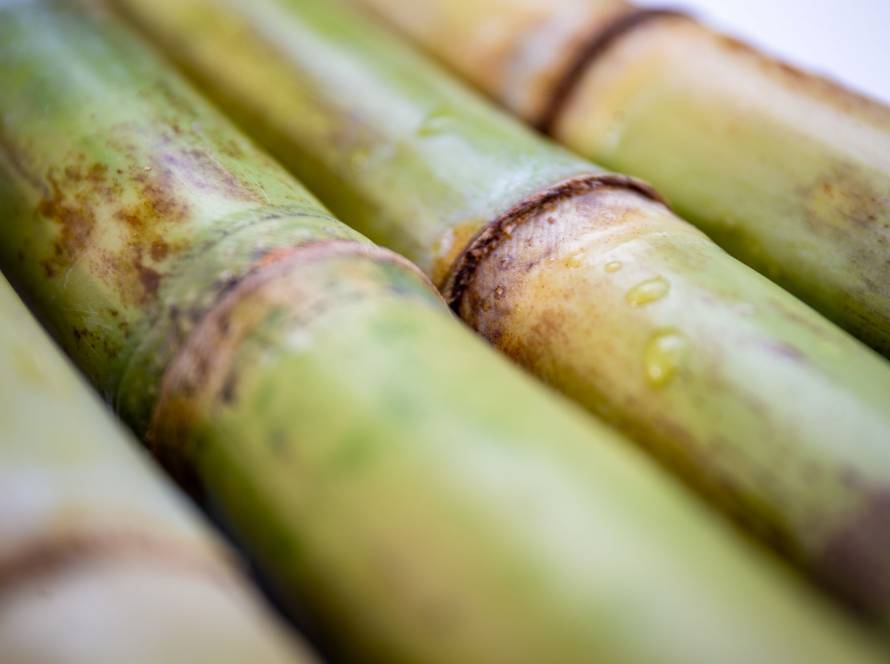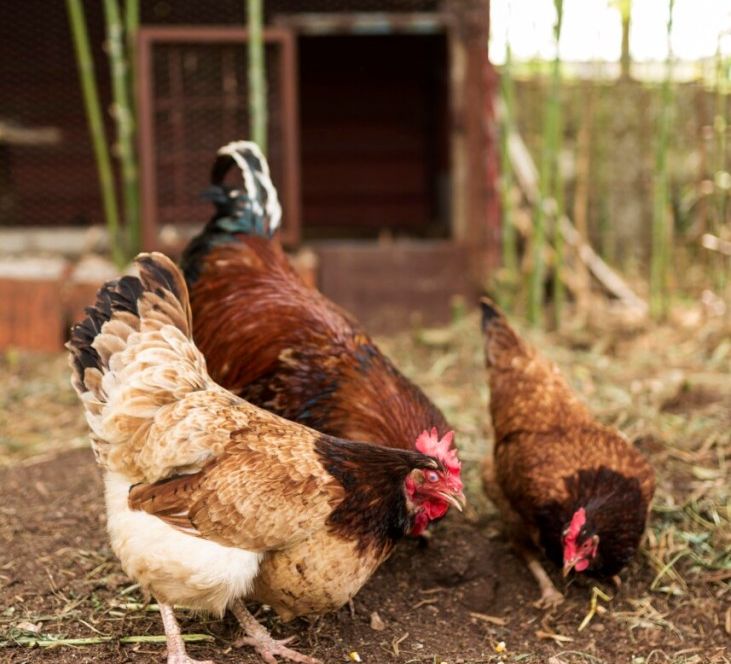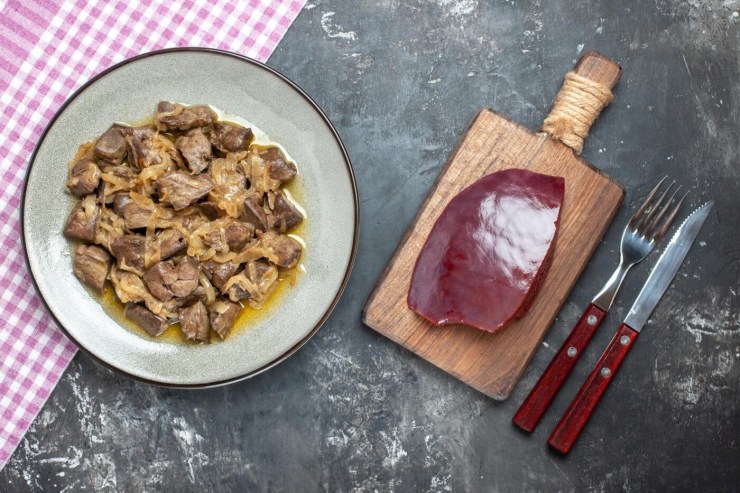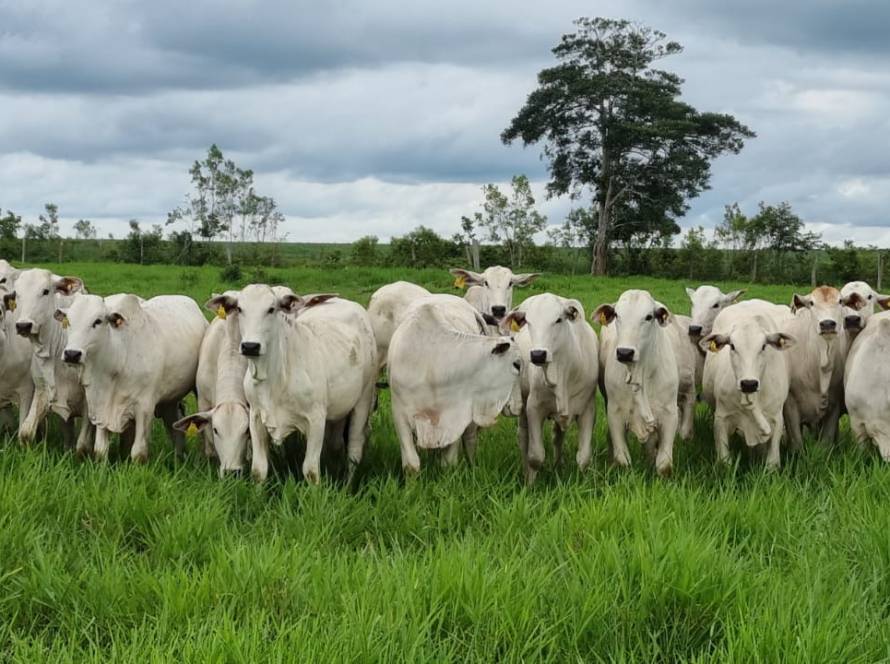![]()
SAO PAULO (Reuters) - Mato Grosso do Sul is currently dealing with the lowest accumulated rainfall for a first two months in 20 years, which raises concerns for the second corn harvest, EarthDaily Agro, a company specialized in monitoring agricultural areas using satellite data, assessed on Friday.
The state, the third largest producer of corn in Brazil's second harvest, has an estimated harvest of 11.8 million tons, according to a forecast from the beginning of the month by the National Supply Company (Conab), which projects 96 million tons for the entire country.
The dry and hot weather that has prevailed has already impacted the productivity of soybeans being harvested in Mato Grosso do Sul, EarthDaily Agro recalled in an advance report to Reuters.
“The drought explains the lower-than-expected productivity for soybean crops in the state and attention to the beginning of the corn cycle,” said EarthDaily Agro crop analyst Felippe Reis.
The assessment was made at a time when an “intense heat wave” is intensifying across almost all of Brazil and is expected to raise temperatures by up to 7°C above the historical average, according to EarthDaily Agro.
In Rio Grande do Sul, temperatures can exceed 40°C, “increasing thermal stress on crops and accelerating evapotranspiration, which further reduces soil moisture.” The state of Rio Grande do Sul, which has already had its soybean harvest affected, would also need moisture, since a large part of the area is being developed in fields.
The analyst highlighted that in other regions of the Center-West and South of the country, despite the recent rainfall, volumes remained below average, favoring the development of soybean harvesting and corn planting work.
“In Goiás and Minas Gerais, the drought should persist until mid-March without immediate impacts, but with potential risk if the water deficit continues,” warned the agricultural monitoring company.
For the coming weeks, the trend is for low humidity to continue to predominate in much of Brazil, with few areas receiving above-average rainfall, he added.
EarthDaily Agro noted that climate forecasts differ for Mato Grosso, Brazil's largest grain producer.
“While the European model (ECMWF) indicates above-average rainfall in the west of the state, the American model (GFS) predicts low precipitation,” he said.
In Paraná, climate conditions will favor field operations, allowing the advancement of the harvest of summer crops and the planting of the second corn crop, the report added.
(By Roberto Samora)





